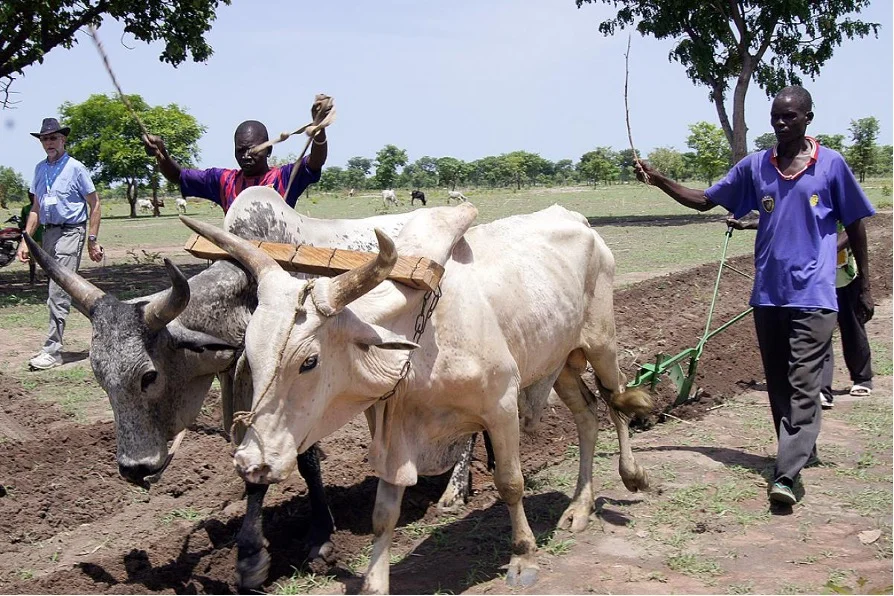Sustainable Development News Chad
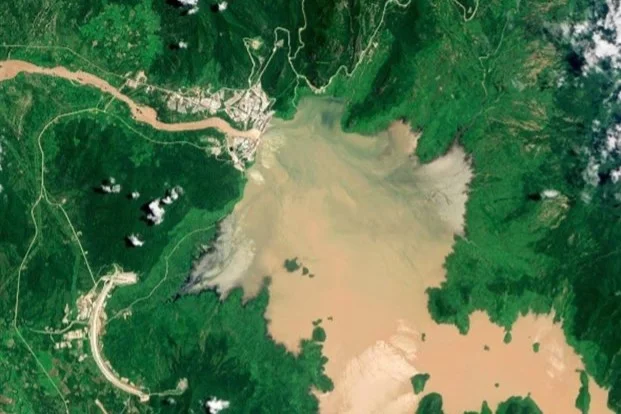
Innovations on the Nile over millennia offer lessons in engineering sustainable futures
Yet Africa has a long and successful history of learning to live with changing climates.
Indeed, it’s believed that the great civilisations along the Nile River in Egypt and the Sudan developed in response to climate pressures.
That history of adaptation should be tapped as the world confronts the challenges of the 21st century. As I have documented in a recent paper, built infrastructure such as dams and canals have enabled African societies to grow and prosper over the centuries, contrary to the criticisms of modern environmentalists.
Developing resilience
Between 4,000 and 6,000 years ago, North Africa enjoyed a wet climate and farming communities lived across what is now the Sahara Desert. But as the region’s climate dried, people migrated towards the Nile River, the most reliable remaining water source.
Many more people living close together, competing for limited land and water resources, needed new technologies and social rules to survive. This in turn required effective governance. The pyramids built by the Nile Kingdoms that emerged still stand as monuments to the success of those societies in coping with climate variability and change.
Nile communities achieved resilience by combining social and political innovations with engineered changes in their physical environment. In particular, they learnt to use the Nile River’s floods to irrigate fields alongside the river, ensuring that they always had enough food to meet their needs.
Because the society’s prosperity and stability depended on this agriculture, the river’s flow was carefully monitored and recorded. Administrators were expected to make early predictions of droughts and floods so that they could plan food supplies and avoid destabilising famines and civil unrest, thus maintaining their rulers’ reputations.
Centuries later, their records were used by hydrological scientists to develop new statistical methods, which are still being used by water resource managers around the world to analyse unpredictable river flows.
As the population grew, it was no longer enough to predict when the floods would be. More land had to be brought into cultivation to grow enough crops. So infrastructure was built, with canals to carry the water to new fields and shallow ponds to store it and extend the growing season.
But climate remained a challenge. When there was drought in Ethiopia or East Africa, the distant sources of the Nile, a weak flood meant a season of poverty for Egypt and the Sudan. The problems grew in the 19th century when, with the region now under British control, Nile irrigation was not only feeding the people but also supplying British textile mills with cotton.
The colonial authorities warned that unless more water was made more reliably available, there was a risk of “great falls in profits and increased danger of political unrest”. So, encouraged by the British but paid for by the Egyptians, engineers were commissioned to build more barrages and canals to command more land. A dam built at Aswan, in Upper Egypt, stored enough water to allow two crops to be planted each year.
Still, the demand for water increased relentlessly, in the Sudan as well as in Egypt. The small dams didn’t store enough water to supply Egypt’s needs in a drought year which sometimes reduced the Nile’s flow to less than half of its average.
 Albania
Albania Algeria
Algeria Andorra
Andorra Argentina
Argentina Armenia
Armenia Australia
Australia Austria
Austria Azerbaijan
Azerbaijan Bahrain
Bahrain Belgium
Belgium Bolivia
Bolivia Brazil
Brazil Bulgaria
Bulgaria Cambodia
Cambodia Cameroon
Cameroon Canada
Canada Chad
Chad Chile
Chile China
China Colombia
Colombia Costa Rica
Costa Rica Croatia
Croatia Cyprus
Cyprus Czechia
Czechia Denmark
Denmark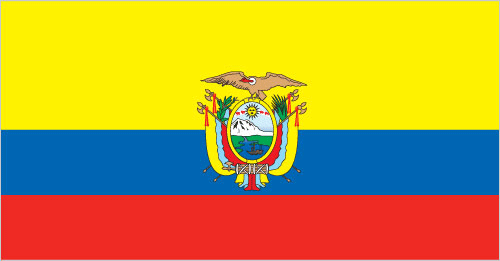 Ecuador
Ecuador Egypt
Egypt Finland
Finland France
France Georgia
Georgia Germany
Germany Ghana
Ghana Greece
Greece Hungary
Hungary Iceland
Iceland India
India Indonesia
Indonesia Ireland
Ireland Italy
Italy Jamaica
Jamaica Japan
Japan Jordan
Jordan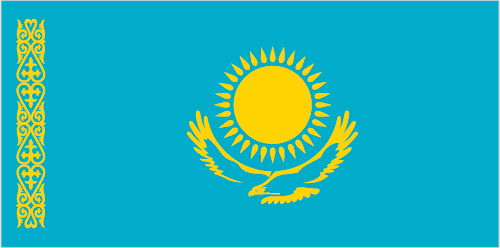 Kazakhstan
Kazakhstan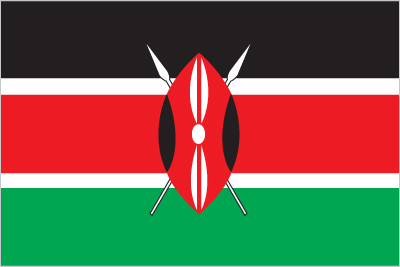 Kenya
Kenya Kuwait
Kuwait Latvia
Latvia Lebanon
Lebanon Libya
Libya Lithuania
Lithuania Luxembourg
Luxembourg Malaysia
Malaysia Maldives
Maldives Mali
Mali Malta
Malta Mexico
Mexico Moldova
Moldova Monaco
Monaco Morocco
Morocco Netherlands
Netherlands New Zealand
New Zealand Nigeria
Nigeria North Macedonia
North Macedonia Norway
Norway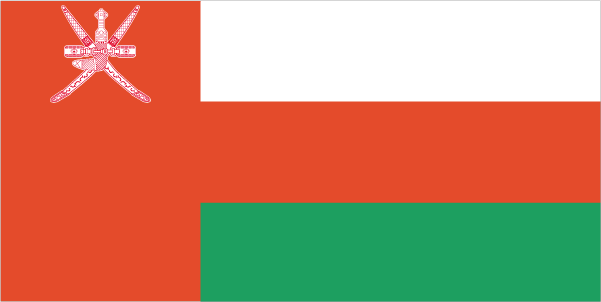 Oman
Oman

